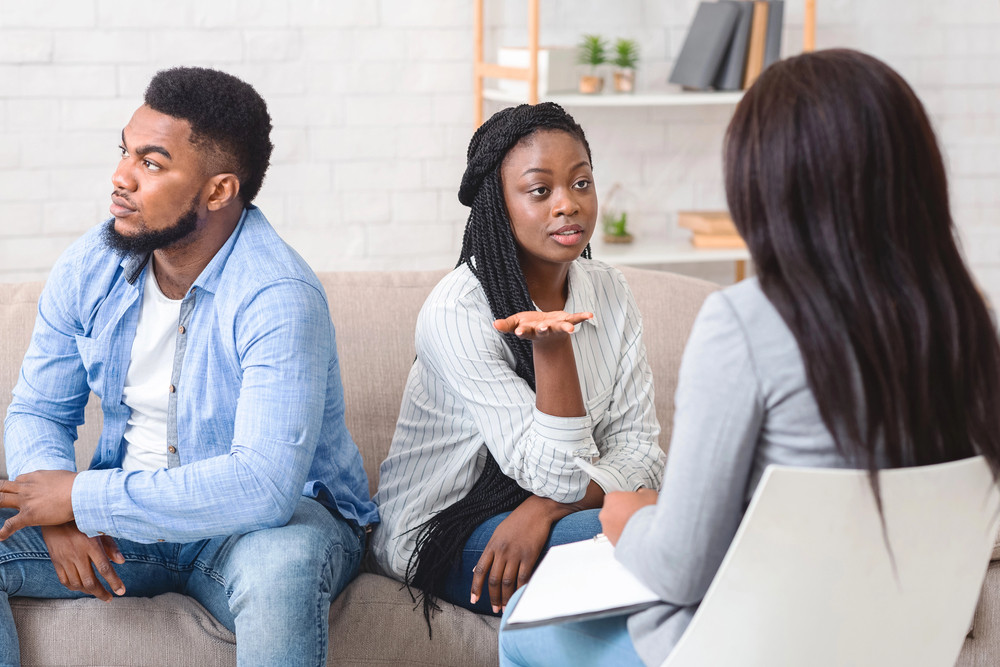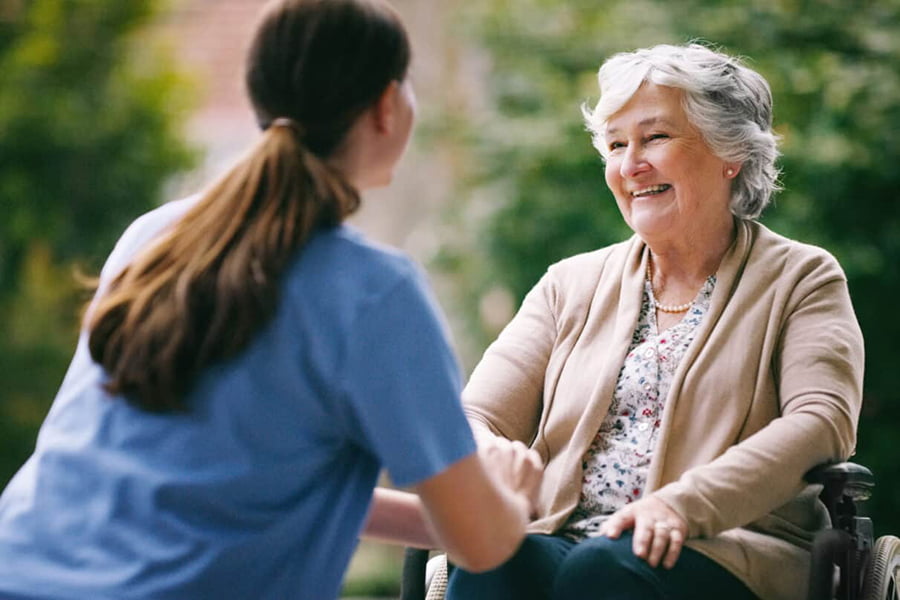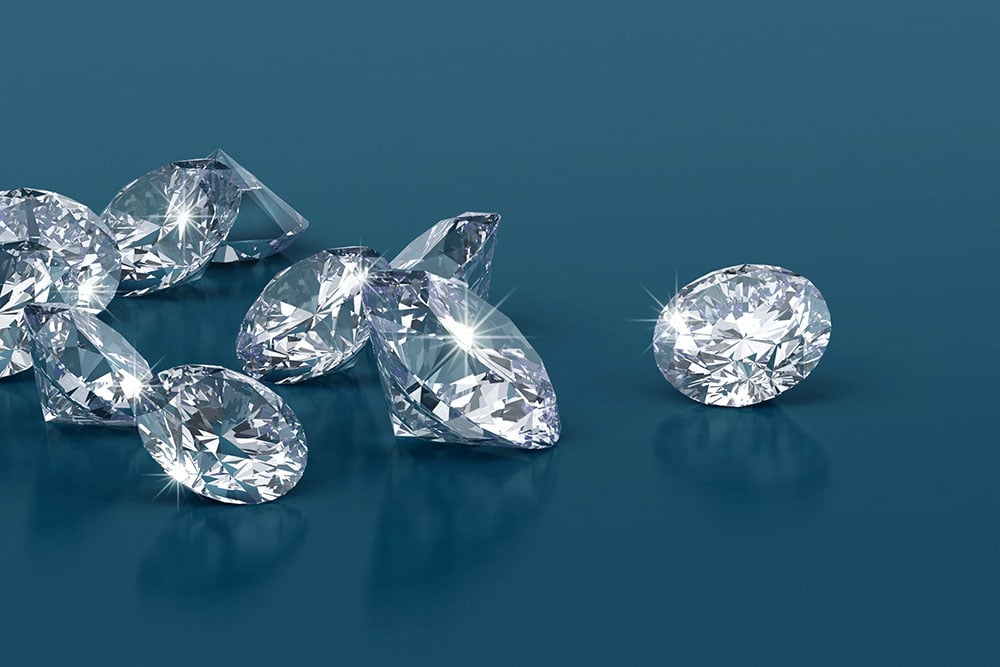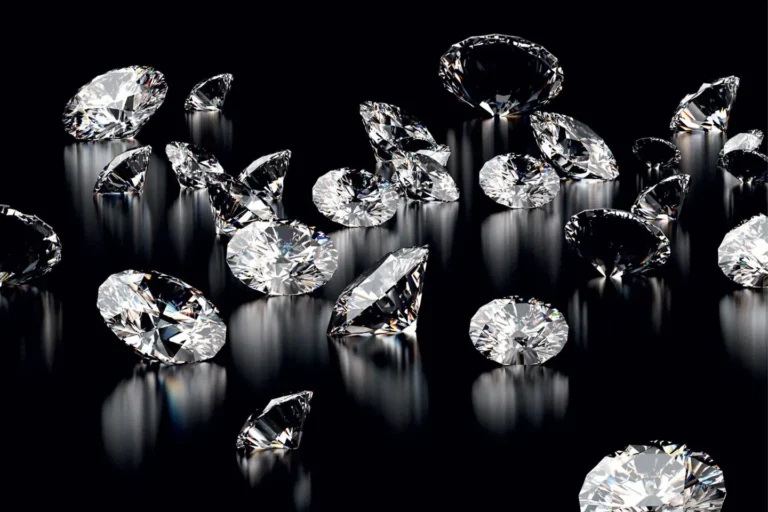 Posted On
Posted On
Breast Cancer- Causes & Symptoms
 Posted On
Posted On
Breast cancer is additionally referred to as breast carcinoma. It’s an uncontrolled growth of epithelial cells within the breast. It is the second commonest sort of cancer in women, but it also can on rare occasions affect men. It is the second leading cause of cancer deaths in women while lung cancer is in the first position. This is often largely because of the fact that most of the time breast cancers don’t show any symptoms until they spread to nearby tissues.
In this article, Dr. Sandeep Nayak explains the causes & symptoms of carcinoma. Dr. Sandeep Nayak is one of the best oncologist in Bangalore. he’s an expert in Laparoscopic and Robotic surgery. Along with him, we have Dr. Anu Sidana who is one of the best gynecologist in Gurgaon. Our specialists say that it’s better to know breast anatomy before going deep into the causes of carcinoma. So, let’s check out the anatomy of the breast. To find the list of best caner specialist Click Here.
Table of Contents
Breast Anatomy-

The breasts are milk-producing glands that sit on the chest wall on either side of the breastbone. They lie on top of our ribs and therefore the pectoral muscles and are divided into three major parts. The glandular tissue that creates the milk is formed from 15 to 20 lobules. Inside each of those, a bunch of grape-like structures called the alveoli are present which are modified sweat glands surrounded by a basement membrane made largely of collagen. Zooming in on the alveoli there is a layer of alveolar cells that secrete breast milk into the lumen. Lumen is the space within the center of the gland. Wrapping around the alveolus our special myoepithelial cells that squeeze down and push the milk out of the lumen of the alveolus down the lactiferous ducts and out one among the pores of the nipple. Now surrounding the glandular tissue is the stroma which contains fat that makes up the bulk of the breast. Suspensory ligaments called Cooper’s ligaments run through the stroma and helps to stay it in place. These ligaments attach to the inner surface of the breast on one end and the pectoralis muscle on the opposite. Just beneath the skin covering our breasts, there is a network of small lymphatic vessels. They drain the lymph which may be a fluid containing cellular waste products and white blood cells. These lymphatic vessels mainly drain into a bunch of lymph nodes in the armpit.
Causes of Breast Cancer-

The cells of glandular tissue have receptors for few hormones like estrogen and progesterone which are released by the ovaries & prolactin, which is released by the pituitary. These hormones stimulate the alveolar cellular division and increase in number which makes the lobule enlarged. Without these hormones the glandular cells particularly the alveolar cells can’t survive and undergo apoptosis, which is programmed necrobiosis. For instance, after menopause estrogen production stops which results in the death of the alveolar cells, and over time that breast tissue gets replaced by fat. During the cycle, there are increased secretion of estrogen and progesterone from the ovaries, and right after menstruation that secretion decreases. As a result, during every cycle, the alveolar cells undergo division and apoptosis. Men have some breast tissue also, but they lack milk-secreting cells. whenever cells divide there is a chance of mutation, and a mutation can cause tumor formation.
Women Breast Cancer-

With more number of menstrual cycles, there’s an increased risk of tumor formation. Things that increase the total number of menstrual cycles, just like the early age of menarche which is that the first menstrual bleeding and therefore the late age of menopause are often the rationale for carcinoma.
Medications containing estrogen hormones also increase the danger of carcinoma in women.
There also are other environmental risk factors like radiation from chest x-rays and CT scans.
Mutations in tumor suppressor carcinoma genes brca1 or brca2 are both autosomal dominant mutations, which may be inherited and cause familial carcinoma additionally to carcinoma. They also increase the chances of ovarian cancer.
Male Breast Cancer-

Male carcinoma is typically caused by inherited mutations within the brca1 and a couple of genes. Once a cancercausing mutation does occur, the affected cell which is most ordinarily a somatic cell begins to grow and replicate out of control forming a tumor. This tumor also called an in place carcinoma is initially localized within the basement membrane and may be of two types.
- The first type is named ductal carcinoma in place or DCIS.
- The second type is named lobular carcinoma in place or LC.

Symptoms-
- The first symptom of carcinoma may be a hard painless lump or swelling. It’s most ordinarily seen within the upper and outer part of the breast.
- Swelling under the armpit might occur if cancer is spread to the axillary lymph nodes.
- Breast cancer can make the affected breast immobile and glued or stuck onto the chest wall. It happens because of infiltration if cancer cells spread into the pectoral muscles.
- Fibrosis of lactiferous ducts and suspensory ligaments might cause retraction or pull in of the nipples.
- If pageant disease is present, it’ll cause itching, redness, crusting, and discharge from the nipple.









